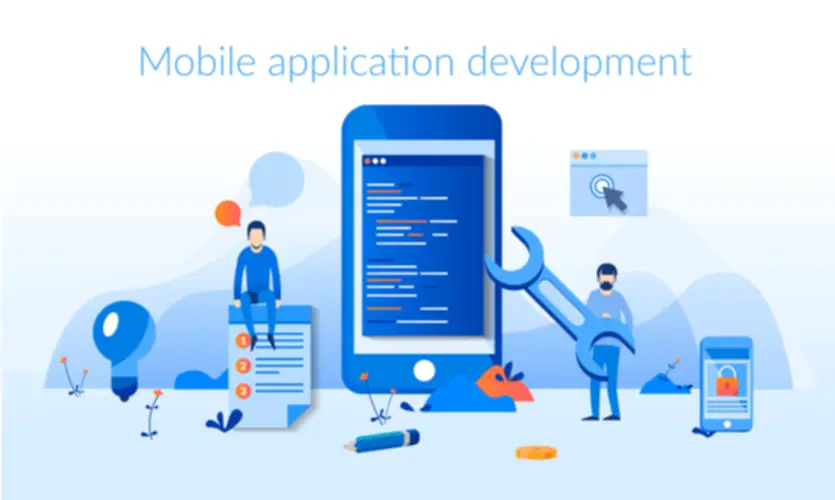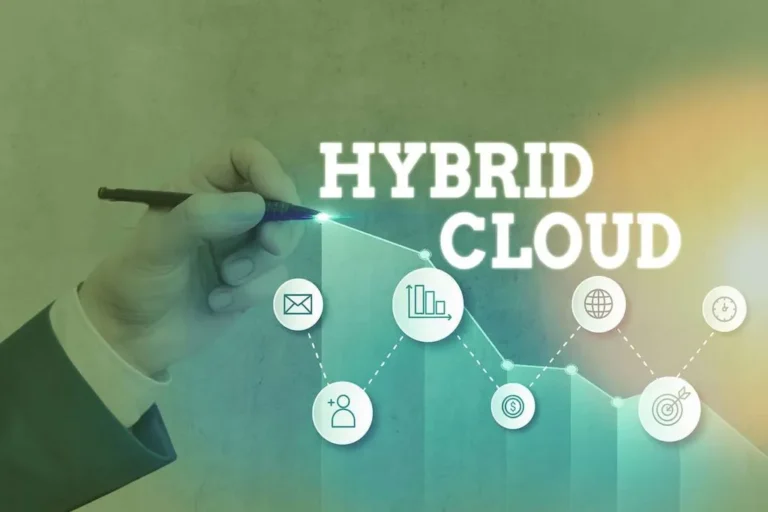The final task within the risk identification step is for organizations to report their findings in a threat register, which helps observe the risks by way of the following steps of the danger management process. An instance of such a threat register can be discovered in the NISTIR 8286A report cited above. These types of specialists more and more come from a consulting background or have a «consulting mindset,» he mentioned, they usually possess a deep understanding of the mechanics of business. These dangers have a medium chance risk level definition of occurrence and a moderate potential impression on an organization’s enterprise actions. These dangers require extra consideration and assets to handle, however they still usually don’t pose significant threats to a company. Risk mitigation refers to the process of planning and growing methods and choices to reduce back threats to project goals.

Employee Cybersecurity Training
Leaders ought to focus their improvement efforts on potential failures on the prime 20% of the best RPNs. These high-risk failure modes must be addressed through efficient motion plans. One necessary factor to remember is that VaR would not present analysts with absolute certainty. The likelihood gets larger if you contemplate the upper returns and solely contemplate the worst 1% of the returns. The Nasdaq a hundred ETF’s losses of 7% to 8% symbolize the worst 1% of its performance. We can thus assume with 99% certainty that our worst return will not https://www.globalcloudteam.com/ lose us $7 on our investment.
What’s The Difference Between Threat Evaluation And Job Security Analysis (jsa)?
A poorly worded threat appetite statement might hem in a company or be misinterpreted by regulators as condoning unacceptable risks. Banks and insurance firms, for instance, have long had giant risk departments sometimes headed by a chief threat officer (CRO), a title nonetheless comparatively unusual outside of the financial trade. Moreover, the risks that financial services corporations face are typically rooted in numbers and therefore may be quantified and successfully analyzed using recognized expertise and mature strategies.
Step 1 Determine Potential Hazards

These three major parts work in tandem to determine, mitigate, and communicate risk. Risk evaluation is the method of identifying and analyzing potential future events that may adversely impression an organization. A firm performs risk evaluation to raised understand what might occur, the financial implications of that event occurring, and what steps it could possibly take to mitigate or eliminate that risk. The term danger analysis refers to the evaluation process that identifies the potential for any antagonistic occasions that will negatively affect organizations and the setting. Risk evaluation is commonly performed by companies (banks, construction groups, health care, and so on.), governments, and nonprofits.
What Are The Benefits Of Using A 4×4 Threat Matrix?
A good and efficient hazard identification and danger assessment training should orient new and existing workers on various hazards and dangers that they may encounter. With today’s expertise like SafetyCulture’s Training function, organizations can create and deploy extra tailored-fit applications primarily based on the wants of their workers. It lays out elements such as the group’s threat method, the roles and responsibilities of risk management groups, assets that will be used in the threat administration course of and inside insurance policies and procedures. Effectively managing risks that could have a adverse or optimistic impression on capital, earnings and operations brings many advantages. It additionally presents challenges, even for firms with mature GRC and risk management strategies. Other frameworks that focus particularly on IT and cybersecurity dangers are additionally obtainable.

Maintenance Patches And Software Updates
- Promote a culture of accountability and transparency inside your organization the place every member takes ownership of their actions.
- Risk analysis is commonly performed by firms (banks, construction groups, health care, and so forth.), governments, and nonprofits.
- Employers should periodically evaluation the evaluation and if necessary, re-assess any controls in place.
- Describe the potential failure effect, the potential trigger, and current controls.
- This kind of risk is most often seen in emerging markets or countries which have a extreme deficit.
«Black swan» occasions are rare, unpredictable, and high-impact occurrences that can have significant penalties on monetary markets and investments. Due to their sudden nature, traditional danger administration models and techniques could not adequately account for these occasions. WEBIT Services has provided cybersecurity services to purchasers for over 25 years. In that time, WEBIT has been proactive in learning dangers, preventions, and risk responses to help construct its clients’ safety in opposition to cyber threats.

In some circumstances, the knowledge may help companies keep away from unprofitable initiatives. In different instances, the knowledge may assist put plans in movement that scale back the likelihood of something happen that may have caused monetary stress on an organization. Elsewhere, a portfolio manager might use a sensitivity table to assess how modifications to the different values of every security in a portfolio will impression the portfolio’s variance. Other kinds of danger administration tools embody choice timber and break-even analysis.

Identifying The Various Kinds Of Dangers

After assigning a danger rating to an recognized hazard, it’s time to come up with efficient controls to protect workers, properties, civilians, and/or the surroundings. Follow the hierarchy of controls in prioritizing implementation of controls. Simplify how you manage risk and regulatory compliance with a unified GRC platform fueled by AI and all your data. If an unforeseen occasion catches your group unaware, the influence could presumably be minor, such as a small influence on your overhead costs. In a worst-case scenario, although, it could be catastrophic and have critical ramifications, similar to a significant financial burden and even the closure of your business. Use the examples below to determine which threat classification is acceptable for a selected sort of information.
Risk assessments assess security hazards across the whole office and are oftentimes accompanied with a risk matrix to prioritize hazards and controls. Whereas a JSA focuses on job-specific dangers and is often carried out for a single task, assessing every step of the job. Risk analysis is a process with a number of steps that intends to determine and analyze the entire potential risks and points which may be detrimental to the enterprise or enterprise. «Enterprise threat administration applications purpose to help these firms be as good as they are often about managing danger,» he added. Finally, efficient threat management can even have a constructive influence on an organization’s status and model image. By demonstrating a commitment to managing risks, organizations can build trust with their stakeholders, together with prospects, investors, and employees.
In addition, WEBIT performs quarterly risk assessments to establish and tackle shopper cybersecurity threat ranges. It involves planning, identifying, analyzing, and addressing potential risks that would negatively impression the organization’s aims and targets. To keep on prime of potential risks, risk management uses a danger scale that helps measure and decide the chance and potential impression of dangers. This qualitative risk evaluation methodology is used to identify causes and penalties for all potential project risks. The project management team should first identify dangers that may have an result on the project after which think about causes, consequences and extra importantly, a danger mitigation technique for them. By distinction, quantitative risk evaluation is a statistical analysis of project risks.
Every organization has to resolve its personal level of “acceptable risk.” The truth is that, in today’s world, it’s inconceivable to have the ideal level of zero risk. An end-to-end enterprise process is the chain of activities that results in an consequence. Examples could embody new vendor onboarding, new customer acquisition, new mortgage origination and employee profit payments. Some argue that a 5×5 matrix is merely too advanced and an excessive quantity of work to use for smaller tasks. For some tasks, it turns into questionable whether or not this level of granularity is actually essential.
Now is a perfect time to carry out a threat evaluation if you’ve never had one or if it’s been more than three months since your final evaluation. Regular, short coaching periods and tests should occur to keep employees sharp and conscious. Employees who’re unaware or unwilling to participate create cybersecurity dangers. The CIS and NIST cybersecurity frameworks acknowledge numerous levels of cybersecurity risk. Tail occasion and situation planning cover the spectrum of enterprise risks, targeted on these which would possibly be least understood or symbolize the biggest perceived potential failures. Use this digital template to evaluate the probability and severity of consequences.
